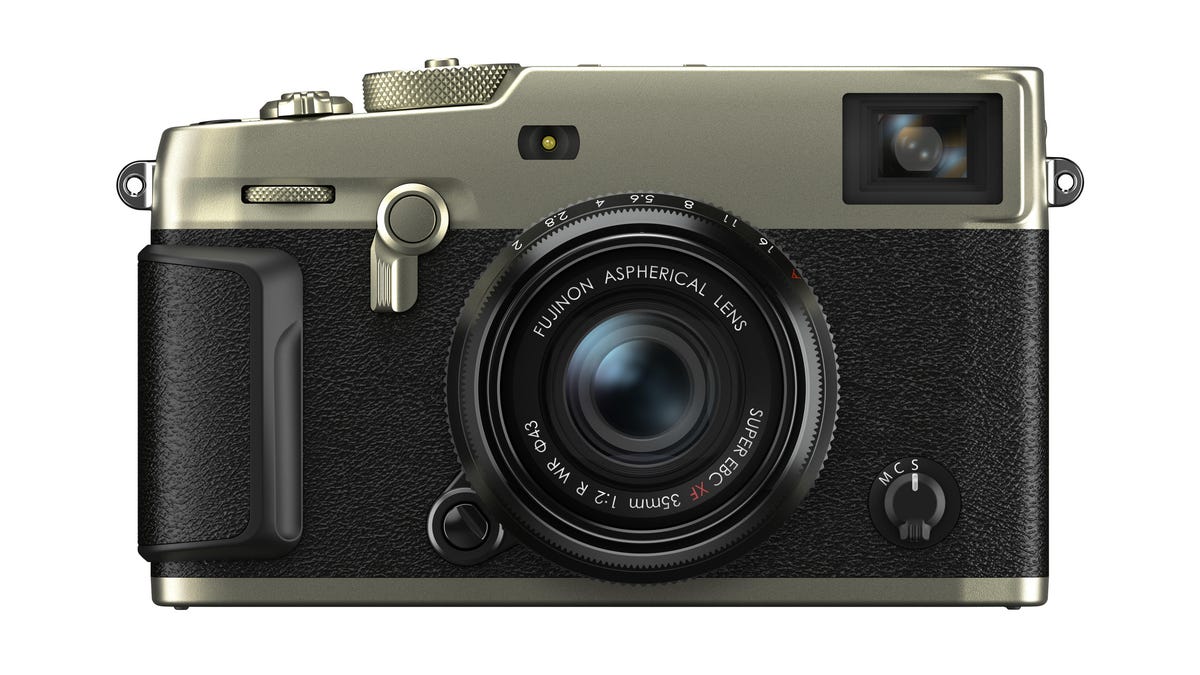Fujifilm X-Pro3 mirrorless puts the back of the LCD to good use
A monochrome status display replaces a blank back when the LCD is closed.

Following in the philosophical footsteps of the Leica M10-D, Fujifilm's taking the less-is-more approach for the next generation of its rangefinder-style mirrorless, the X-Pro3. It's designed to be used with the LCD closed to minimize distractions, instead displaying a small status LCD with information like shutter speed, aperture and ISO on it. The camera also inherits the better sensor and faster image processor of the flagship X-T3, and gets more sensitive auto-focus (down to -6 EV, which is pretty dark) and an updated viewfinder.
Though other aspects of the design haven't changed from its 3-year-old predecessor, Fujifilm changed the top and base plate to titanium. As a result, Fujifilm has split the line into a less expensive $1,800 black model and a pair of options that have a Duratect coating for increased resistance to damage: DR black and DR silver (two-tone), which will cost $2,000. That makes sense for a camera designed for street photography and photojournalism.
Fujifilm put a small status screen on the back of the flip-down LCD.
The X-Pro2 and X100F compact incorporated Fujifilm's hybrid viewfinder -- a combination of a rangefinderlike reverse Galilean and standard EVF -- but the X-Pro3 improves on it. The EVF uses the same high-resolution OLED display as the X-T3 with a higher magnification, and the optical frame covers a wider angle of view with reduced distortion. Fujifilm also adds its Classic Negative film simulation to the roster.
I actually think the back status-display approach isn't a bad idea, especially for a camera like this where your settings are all in top dials or you're looking to be a little stealthier than usual. And you're either a fan of the X-Pro cameras or you're not. If you're not, there's nothing here to broaden the appeal, like in-body image stabilization or a full-size grip, two of my perpetual peeves with many a mirrorless.

